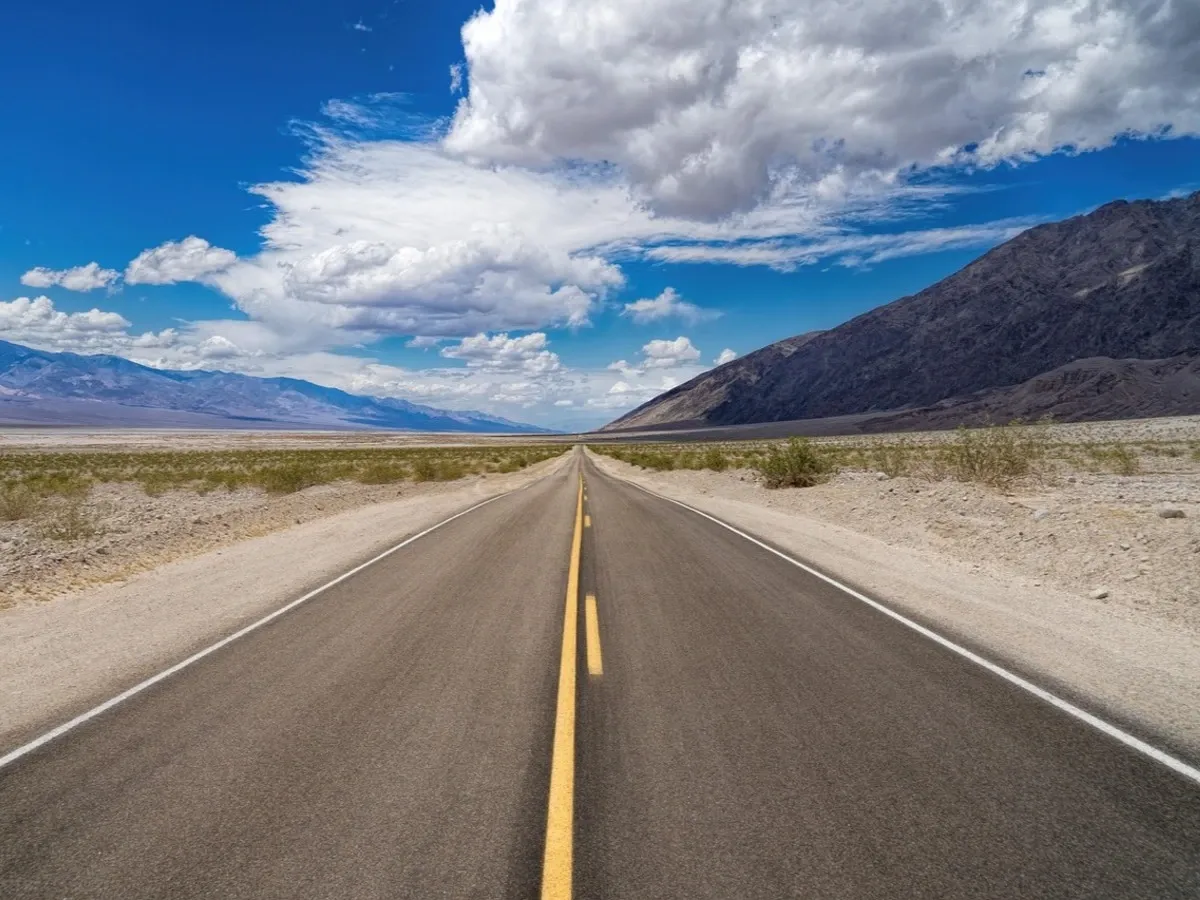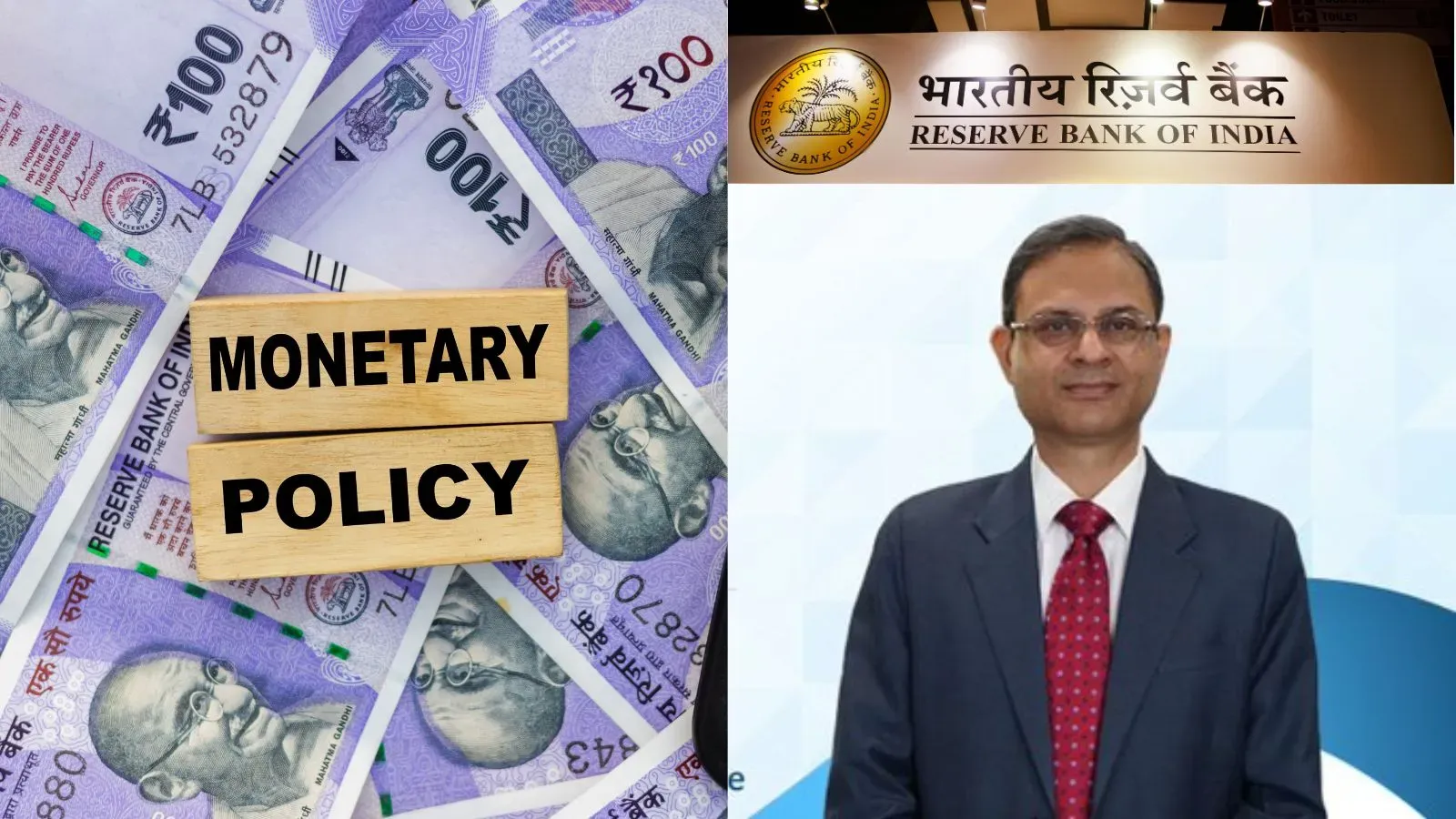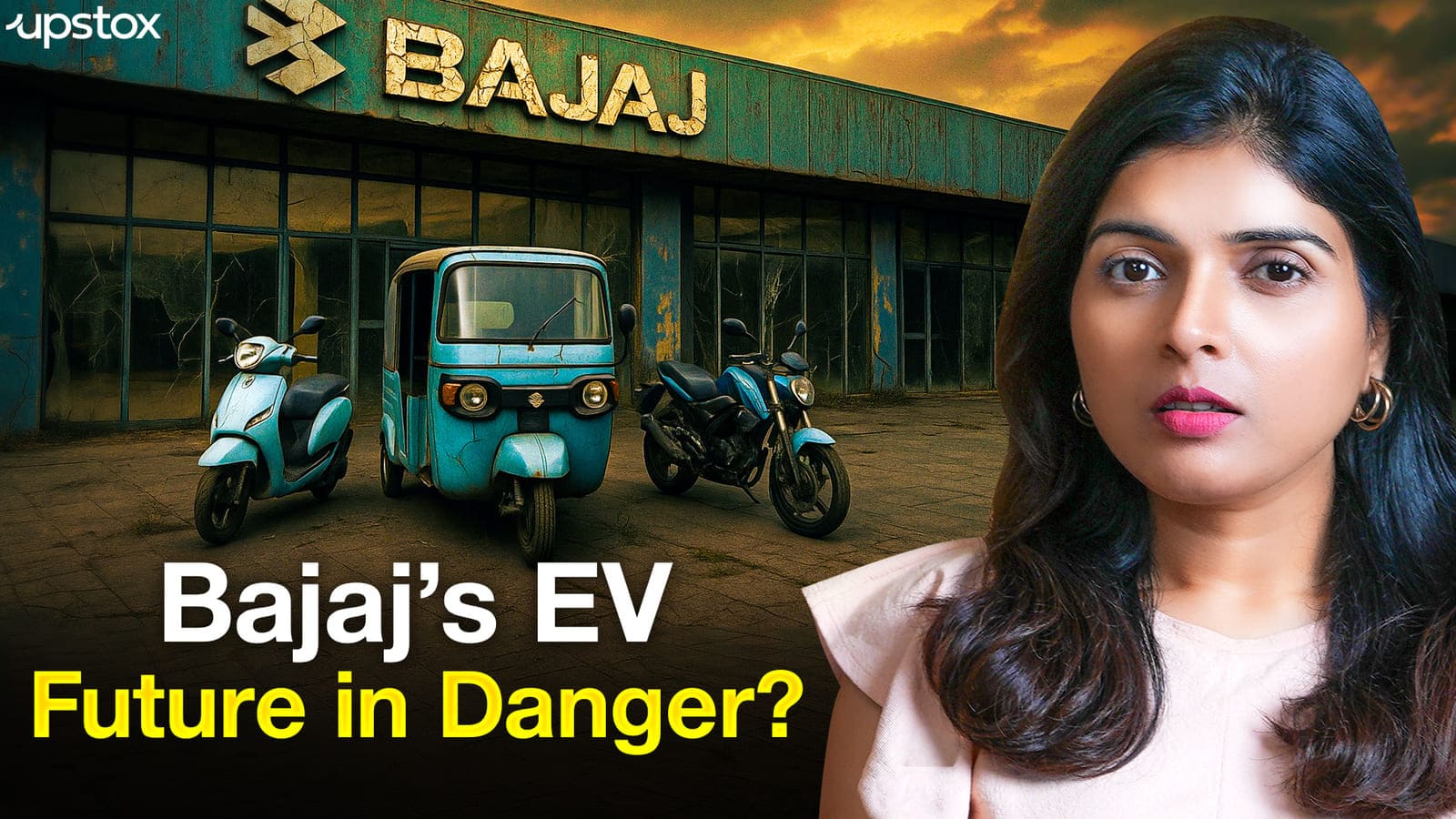Business News
Why India's expressway ambitions face uphill challenges

5 min read | Updated on September 02, 2025, 15:53 IST
SUMMARY
Despite aggressive construction India’s ambitious expressway plans face several challenges. India’s expressway network is a tiny percentage of its total roads, lagging behind nations like China and the US, especially due to a late start. What are the key bottlenecks India needs to tackle, and what is the way forward?

India's operational expressway network is approximately 6,059 km in length
Infrastructure can change lives. Roads, in particular, are known to provide connectivity that ushers in opportunity and a better quality of life. The newly built high-speed expressways like the Dwarka Expressway, Mumbai-Nagpur expressway, Delhi-Dehradun expressway among others in India are a cherry on top. Not only are they helping commuters reach their destinations quicker but are fast becoming economic corridors for new industrial hubs, giving rise to new townships and reducing regional disparities. Surprisingly, while India has the second-largest overall road network in the world, its expressway network is still way smaller than that of top-tier nations.
Clearly, India has a long way to go.
India’s operational expressways
India's operational expressway network is approximately 6,059 km in length. This is a small fraction of the total road network in the country and puts it behind the top nations. China, on the other hand, has the world's most extensive expressway network, at over 190,000 km. The comparison brings to light the immense gap India needs to bridge to be among the leading countries in terms of high-speed expressways.
India has the second-largest overall road network in the world at 6.6 million km, but expressways constitute a miniscule fraction of this. The expressway network is still developing, with many large-scale projects currently under construction. India’s total road network is dominated by rural roads and national highways.
The Bharatmala Pariyojana, a central government-funded highway development programme was launched in 2015. Under Phase I of this project, the government has decided to construct a total of 34,800 km of highways, which includes high-speed expressways and economic corridors.
As of late 2024, projects covering a total length of over 26,000 km have been included under the Bharatmala Pariyojana Phase I. The construction of approximately 20,000 km of highways has already been completed. For the fiscal year 2025-26, the target is to build 10,000 km of national highways, with a specific focus on constructing 5,800 km of high-speed corridors.
The pace of construction has been aggressive but there’s a long way to go.
Key reasons for the lag
There are some deep-rooted challenges that stand in the way of this rapid development.
Here’s how India compares to established expressway systems of top countries
While India is adopting global best practices, it's still in the early stages of building an efficient, high-speed network. China has the most extensive expressway network globally, with over 184,000 km. This network is highly mature and connects all major cities and economic centres, playing a crucial role in its supply chain and logistics.
The U.S. Interstate Highway System, is a sophisticated and extensive network of controlled-access highways. While not all are "expressways" in the strictest sense, they function as the country's high-speed road backbone.
China is known for its unparalleled speed and efficiency in infrastructure projects, while India still depends on semi-mechanised methods. China uses advanced technology, including high-speed paving machines, prefabricated materials, and tunnel-boring machines that can lay down endless roads in a single day. Its latest achievement is an AI-driven expressway. A 157.79-km stretch of the Beijing-Hong Kong-Macao Expressway was constructed using a fully autonomous fleet of AI-powered machinery. This is a milestone in construction history.
As for financing, the Indian government is using a variety of financing models to fund huge projects without straining the government's budget. On the other hand, China's expressway network was mostly built with state funding and public-private partnerships.
The road ahead
While India is rapidly closing the gap, its expressway network is still in a nascent stage compared to the mature systems of China and the U.S. The key differences lie in the network's scale, the level of technology and automation used in construction, and the proportion of the road network that is made up of these high-speed expressways.
To improve the situation India needs to focus on issues related to land acquisition, financing and smooth execution. Fast-tracking the land acquisition process is a much needed step in this direction. Innovative and sustainable financing is the need of the hour. The government needs to attract more private and institutional investors, seek funding from international sources. To enhance project execution it’s imperative to get timely approvals and clearances.
By signing up you agree to Upstox’s Terms & Conditions
About The Author
Next Story

